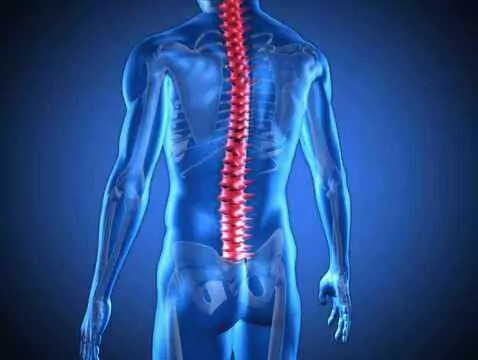Multiple sclerosis, S is classified as a chronic, progressive disease of the central nervous system (CNS). It is an incurable disease. The diagnosis very often changes the whole life of the sufferer, causing anxiety, confusion and depression.
Regular and sufficiently high levels of these hormones in the body give us strength for the days ahead, reduce pain and also stress or anxiety. Negative attitudes and a lack of happy hormones result in apathy, irritability, emotional fluctuations and depression.
Safety
For patients affected by S during physical activity, special care must be taken to ensure safety. Never expose the patient to forms of physical activity that involve injury, trauma, injury and the possibility of injury. Excessive strain and fatigue can worsen the patient's condition. If symptoms worsen or new symptoms appear, the patient should give up exercise. In some cases, it is advisable to consult a trainer or doctor about the exercises you wish to choose.
Injuries
For S, all injuries to the cervical spine and head should be avoided. All extreme sports and contact sports (boxing, combat sports, karate) should therefore be avoided. Avoiding trauma is linked to the fact that it is mentioned as a trigger for the disease process. However, scientific studies have shown that the administration of anaesthesia, past operations or head trauma do not affect the incidence of S.
Multiple sclerosis and physical factors
Selected physical factors have been shown to influence the appearance or severity of neurological symptoms characteristic of S. If you observe yourself aggravated by a particular factor, it should be avoided.
One such factor is excessive heat, as a result of too much time in the sun, use of a solarium, overheating, after exercise or during a fever. The most common result of this factor is deterioration of visual acuity, mobility problems, fatigue and the patient's general health. The return to normal temperature causes the symptoms to withdraw. It is worth emphasising that simply being in the sun is not harmful or dangerous for the patient, as vitamin D is produced in the skin. What is dangerous for the patient is overheating.

fot.ojoimages
Scientific studies have shown that most S patients feel better at lower temperatures. So it is recommended to stay in just such conditions, bathing in water at lower temperatures.
References:
- Stwardnienie rozsiane, scientific ed., J. Losy, Lublin 2013, Edition I Stwardnienie rozsiane, scientific ed. of translation J. Kotowicz, Wydawnictwo Lekarskie PZWL, Warsaw 2011. I. McDonald et al, Recommended diagnostic criteria for multiple sclerosis: guidelines from the international panel on the diagnosis of multiple sclerosis, Wiley - Liss, Inc. 2001, p. 121 - 127. Multiple Sclerosis, K. Selmaj, Poznań 2006. http://www.pmurz.rzeszow.pl/GCFF/2010/2/13_z_2__2010.pdf









